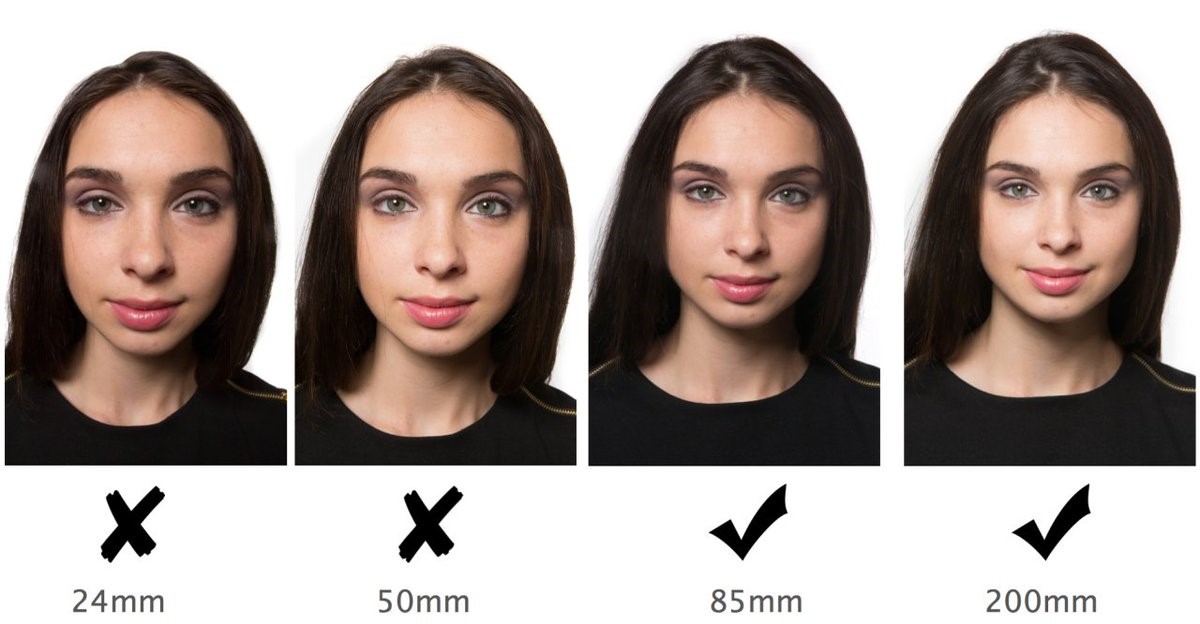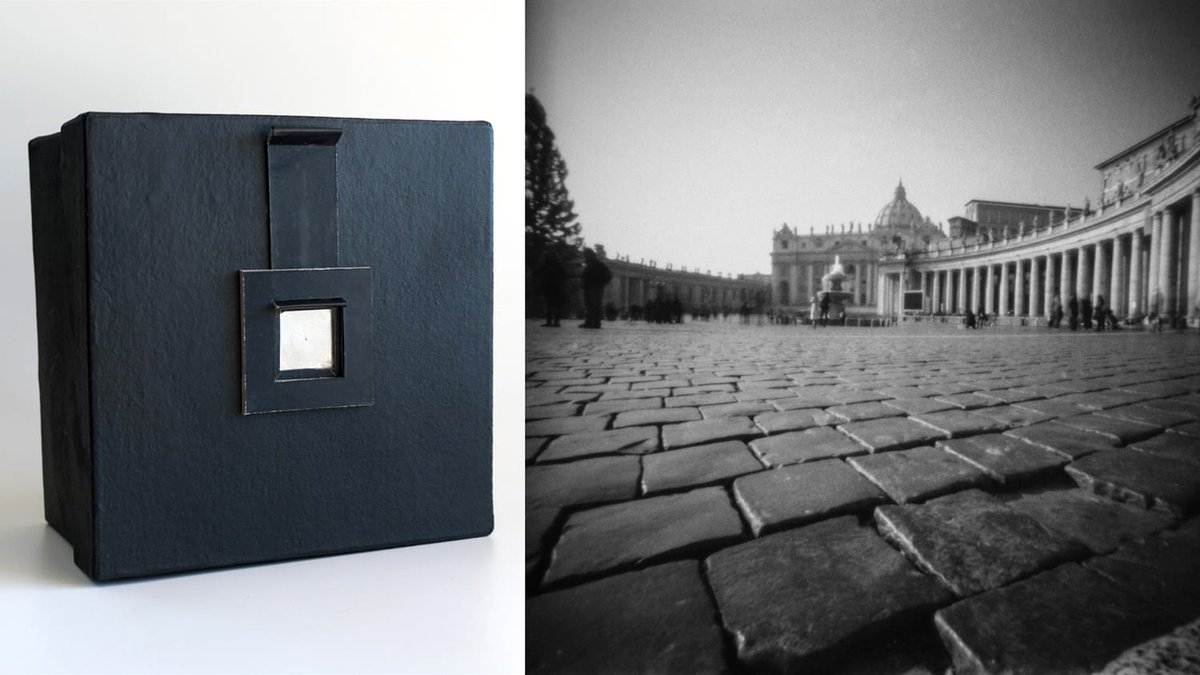1/ Why do things look flat through binoculars? These two photos show forests taken with a telephoto lens and wide-angle lens. The first is flat and abstract. The second has depth and realism. This thread explains this and why the most popular optics textbook gets it wrong.
2/ Here is another example, a portrait taken with different lenses. The lenses have different focal lengths f, from short (wide-angle) to long (telephoto). So, you might expect focal length is related to this effect. Not quite.
3/ Hecht attributes the flattening of depth to longitudinal magnification M_L, the compression of the image along the lens axis.
4/ Note, M_L is not the usual magnification we talk about in optics: of the height h of objects, transverse magnification. That is given by the ratio of the object and image distances, M_T=-i/o. Both magnifications depend on the focal length. M_L=-M_T^2
5/ In photography, this flattening is sometimes called “lens compression”, implying it has something to do with focal length. But, after cropping to show the same part of the scene, photos with different lenses are identical. https://photographylife.com/what-is-lens-compression
6/ Pinhole cameras also show this effect, and they don’t even have a lens! So, clearly this has nothing to do with focal length.
7/ For optics students, realize that the RELATIVE size of two things in a photo (or on your retina) has nothing to do with transverse magnification. Rather, it is the relative angle of the ray going from the top of each object through the center of the lens.
8/ Since the rays travel along a straight line through the lens unrefracted, the relative size of the things in the photo does not depend on the lens focal length. It only depends on the relative distance of the things from the lens. 2X as close = 2X as big
9/ Instead, M_T is for an object distance that gives a PERFECTLY sharp image, s_o'. Most photos have a large “depth of field”: things are somewhat sharp, regardless of the object distance. So, both transverse and longitudinal magnification are irrelevant for depth perception.
10/ So, what causes the depth flattening? Distance. That’s it. There are two parts of this: 1. As the teapots get further away, the ratio of their ray angles become equal. They will become of equal size in the photo, regardless of their distance.
11/ The size of the objects on your monitor make them seem close. Absent is the relative size-difference of close objects expected when seen in-person. The nearby branches of a tree we are standing close to should look larger than the distant branches of the same tree.
12/ 2. For objects in the periphery of the photo, our angle of view changes as we move away from them. They appear to rotate toward the center of the photo. The tiles in a checkerboard floor become narrow in depth.
13/ This is just what we typically call “perspective”. Parallel lines in the object converge in the photo to a vanishing point at the horizon. In art, this became all the rage starting in 1300s. Here is the same scene, the last supper, before and during the Renaissance.
14/ This change of perspective is sometimes used in movies. Here is a “Dolly zoom”. The change of perspective is caused by moving the camera towards the subject. Zooming keeps the man a constant size on the film (guess which!). But you could do the same thing by cropping.
15/ We see with perspective and consider it realistic. It isn’t. Identical objects have non-identical sizes in our vision. In theory, we could have evolved with orthographic perspective, constant relative magnification with distance. Telecentric lenses do this!
16/ Photographers often use other effects to add depth back into their flattened images. Mist can make distant objects darker or less visible. Reducing the depth of field can make faraway objects blurry and less distracting. Looking down on a scene also helps.
17/ To read more:
https://fstoppers.com/architecture/how-lens-compression-and-perspective-distortion-work-251737
https://petapixel.com/2012/07/17/why-the-camera-adds-10-pounds-seeing-ourselves-in-pictures/
https://en.wikipedia.org/wiki/Perspective_distortion_(photography)
Note, wikipedia also gets the longitudinal (i.e. axial) magnfication part wrong too.
https://fstoppers.com/architecture/how-lens-compression-and-perspective-distortion-work-251737
https://petapixel.com/2012/07/17/why-the-camera-adds-10-pounds-seeing-ourselves-in-pictures/
https://en.wikipedia.org/wiki/Perspective_distortion_(photography)
Note, wikipedia also gets the longitudinal (i.e. axial) magnfication part wrong too.

 Read on Twitter
Read on Twitter


















